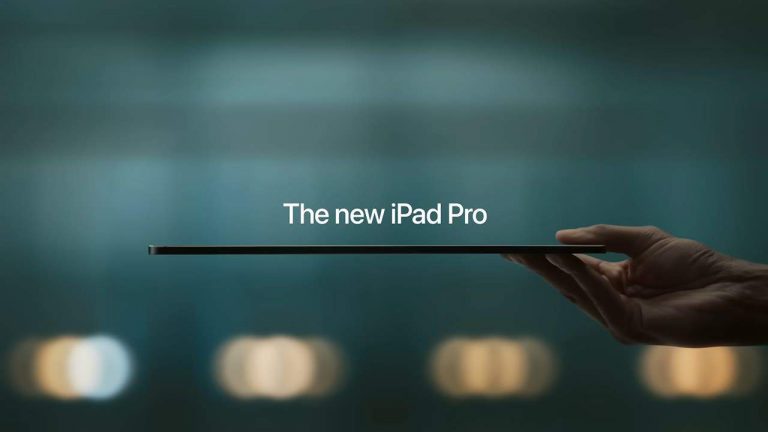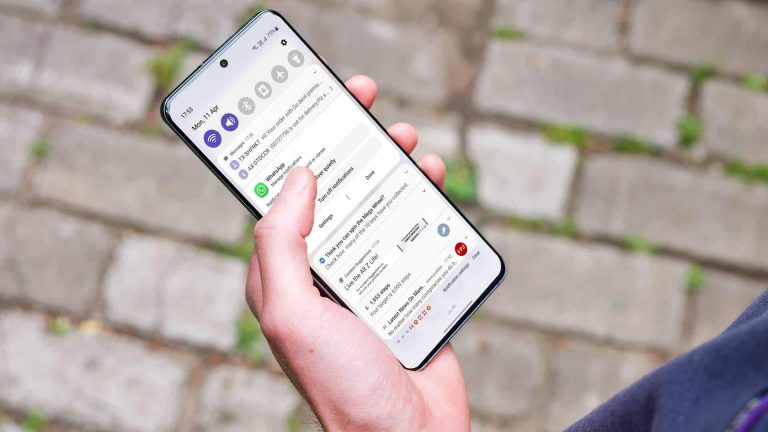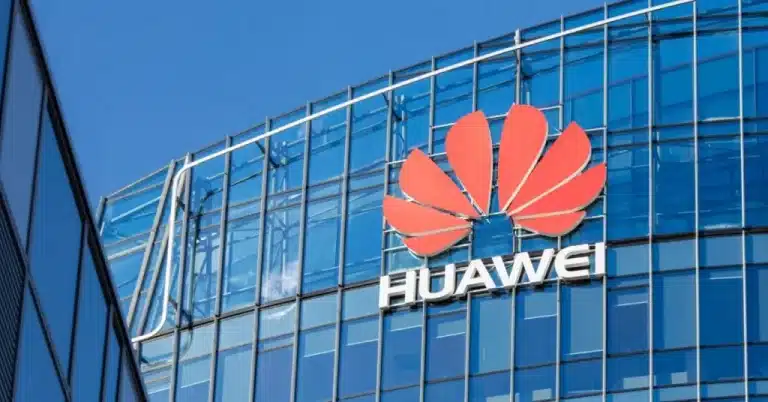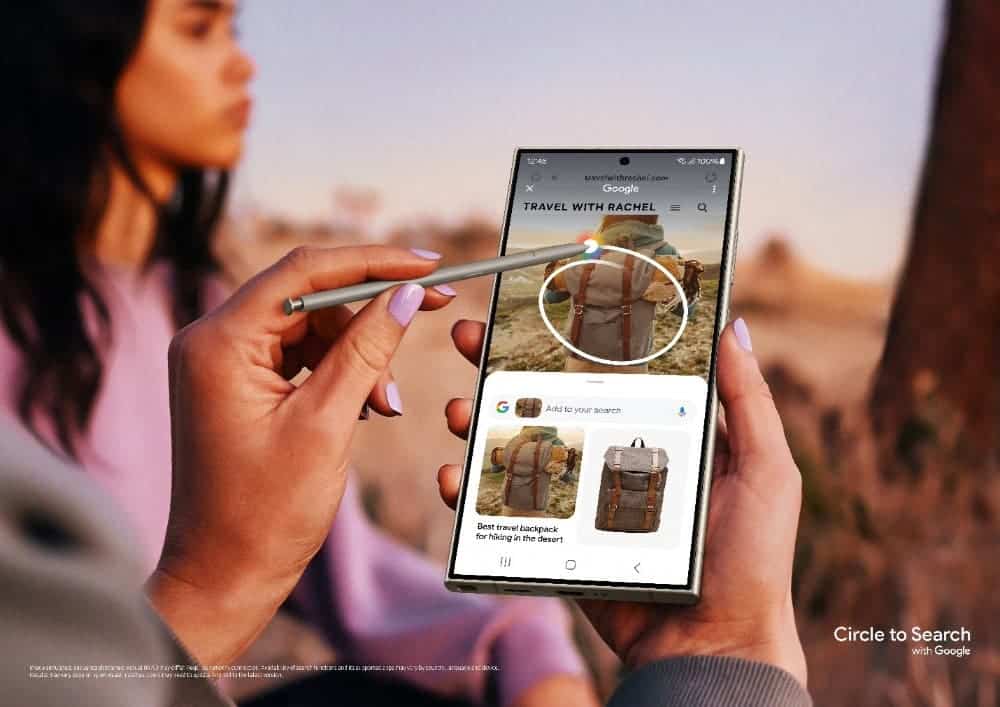Apple has made significant strides in the world of technology over the years, and its upcoming mixed reality headset, the Vision Pro, is no exception. The headset is scheduled to launch in early 2024. And promises to offer users a seamless experience by integrating with the iPhone 15. Ming-Chi Kuo, a tech analyst, has revealed some details about the iPhone 15 that suggest it will be a significant upgrade from its predecessor.
Apple’s Plan to Integrate the iPhone 15 with Vision Pro: A Seamless Mixed Reality Experience
One of the major changes to the iPhone 15 will be the UWB chip. The current U1 chip, which was introduced in the iPhone 11, will be replaced by the U2 chip. It will offer better performance at short range and lower power consumption. The U2 chip will use the UWB wireless connection standard. It allows users to locate objects, such as keys with an AirTag.
The UWB chip in the iPhone 15 will enable faster and more accurate location tracking. This feature will be crucial for the integration of the iPhone 15 with the Vision Pro headset. As it will allow users to seamlessly navigate between the two devices. It will also enable new features, such as the ability to find lost items with the help of the Vision Pro.
In addition to the UWB chip, the iPhone 16 is expected to switch to Wi-Fi 7, a new Wi-Fi connection standard. This upgrade will allow more Apple products to operate on the same wireless network, offering a better ecosystem experience. These changes should also offer faster file transfer, less latency in receiving notifications from the iPhone directly in the Vision Pro, and greater fluidity in displaying the smartphone screen on the headset.
Gizchina News of the week
So, for Apple, the challenge is to integrate the Vision Pro into its ecosystem. It is a key factor in the success of the headset. Ming-Chi Kuo believes that seamless integration with other Apple hardware products is essential for the success of the Vision Pro. To achieve this, Apple is likely to use its visionOS operating system to offer fast connections with AirPods, AirDrop, and HomePod, among other products.
Apple’s iPhone 15: Enhanced Connectivity and Integration with Vision Pro

Apple’s visionOS operating system will play a crucial role in the integration of the Vision Pro with the iPhone 15 and other Apple hardware products. The operating system will enable seamless connectivity between the devices, allowing users to switch between them effortlessly. It will also enable new features, such as the ability to control the iPhone 15 using the Vision Pro, and vice versa.
So, the success of the Vision Pro will be largely dependent on Apple’s ability to integrate it into its ecosystem. By offering users a seamless experience between the headset and the iPhone 15, Apple will be able to create a new market for mixed reality headsets, just as it did with wireless headphones and smartphones.
Also, the iPhone 15 and 16 upgrades will benefit Vision Pro users. Mixed reality headsets will be more accessible to everyone. Apple plans ahead for the Vision Pro’s success. The headset will launch in 2024. Apple integrates it with iPhone 15 and other Apple products. A new market for mixed reality headsets will be available. Technology interaction will be revolutionized.
Here are some of the potential benefits of integrating the iPhone 15 and the Vision Pro:
- Faster file transfer between the iPhone and the Vision Pro
- Less latency when receiving notifications from the iPhone on the Vision Pro
- Greater fluidity in the display of the iPhone screen on the Vision Pro
- Improved gaming experience on the Vision Pro
- Enhanced productivity features on the Vision Pro
- More immersive and interactive experiences for users
Via: gizchina.com










